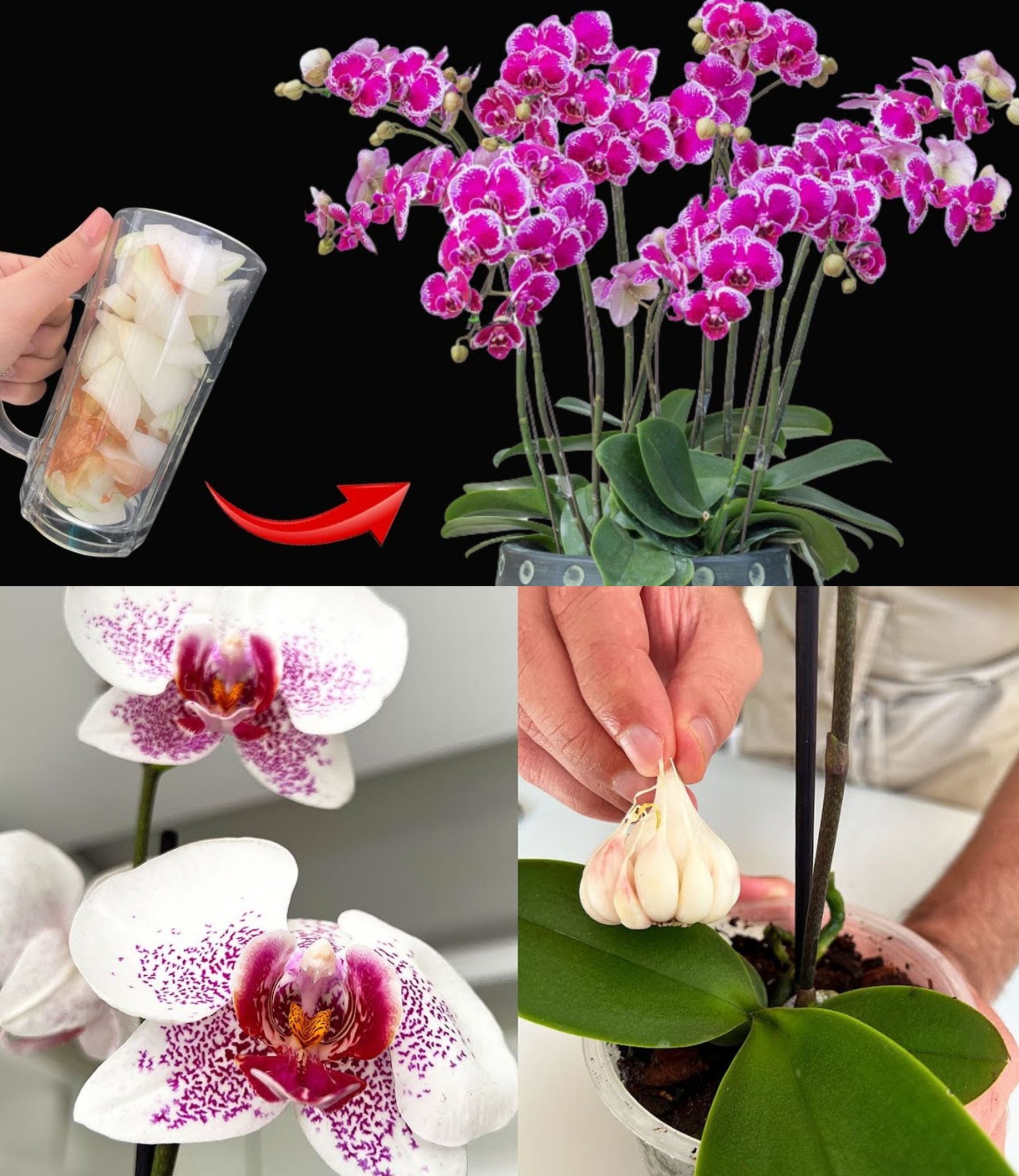
The Sweetness of Nature Preparing a Plant for Its New Bloom🌱
There’s nothing quite like the joy of seeing a plant bloom with vibrant flowers. Whether you’re a seasoned gardener or just starting, preparing your plant for its next blooming cycle can be a rewarding experience. Here’s a simple guide to help you ensure your plant is ready to produce beautiful, healthy blooms.
Choosing the Right Plant🌱
First, select a plant that is suitable for your climate and growing conditions. Some popular flowering plants include roses, hibiscus, marigolds, and petunias. Make sure to choose a healthy plant with no signs of disease or pest damage.
Ideal Soil Preparation🌱
Healthy soil is crucial for a plant’s growth and bloom. Follow these steps to prepare the perfect soil:
- Well-Draining Soil: Ensure the soil has good drainage. You can improve drainage by mixing in sand, perlite, or organic matter like compost.
- Nutrient-Rich: Add compost or well-rotted manure to enrich the soil with essential nutrients.
- pH Level: Most flowering plants prefer slightly acidic to neutral soil (pH 6-7). Test your soil and adjust the pH if necessary.
Proper Planting🌱
Correct planting techniques set the foundation for a thriving plant:
- Dig a Hole: Dig a hole twice the size of the plant’s root ball.
- Position the Plant: Place the plant in the hole, ensuring the top of the root ball is level with the soil surface.
- Backfill: Fill the hole with soil, gently pressing down to remove air pockets.
- Water Thoroughly: Water the plant well to help it settle and to establish roots.
Watering and Feeding🌱
Regular watering and feeding are essential to support blooming:
- Consistent Watering: Keep the soil consistently moist but not waterlogged. Most plants benefit from deep watering once or twice a week.
- Fertilizing: Use a balanced, slow-release fertilizer or a liquid fertilizer high in phosphorus to promote flowering. Follow the instructions on the fertilizer package for the correct application rate.
Pruning and Deadheading🌱
Pruning and deadheading help encourage new growth and more blooms:
- Pruning: Trim back any dead or diseased branches. For some plants, light pruning after blooming can encourage more flowers.
- Deadheading: Remove spent flowers regularly. This redirects the plant’s energy from producing seeds to producing more flowers.
Providing Adequate Light🌱
Most flowering plants need plenty of sunlight to bloom:
- Sunlight: Ensure your plant gets at least 6-8 hours of direct sunlight per day. If growing indoors, place the plant near a sunny window or use grow lights.
Pest and Disease Control
Healthy plants are less susceptible to pests and diseases:
- Regular Inspection: Check your plants regularly for signs of pests or disease.
- Natural Remedies: Use natural pest control methods, such as neem oil or insecticidal soap, to treat infestations.
- Healthy Environment: Maintain good air circulation around your plants and avoid overhead watering to reduce the risk of disease.
Patience and Care🌱
Blooming takes time and care:
- Monitor Progress: Keep an eye on your plant’s progress and adjust care routines as needed.
- Enjoy the Process: Gardening is a journey. Enjoy each step, from preparing the soil to seeing the first blooms.
By following these simple steps, you can help your plant thrive and produce stunning blooms. Embrace the sweetness of nature and take delight in the beauty of your blooming garden. Happy gardening!
